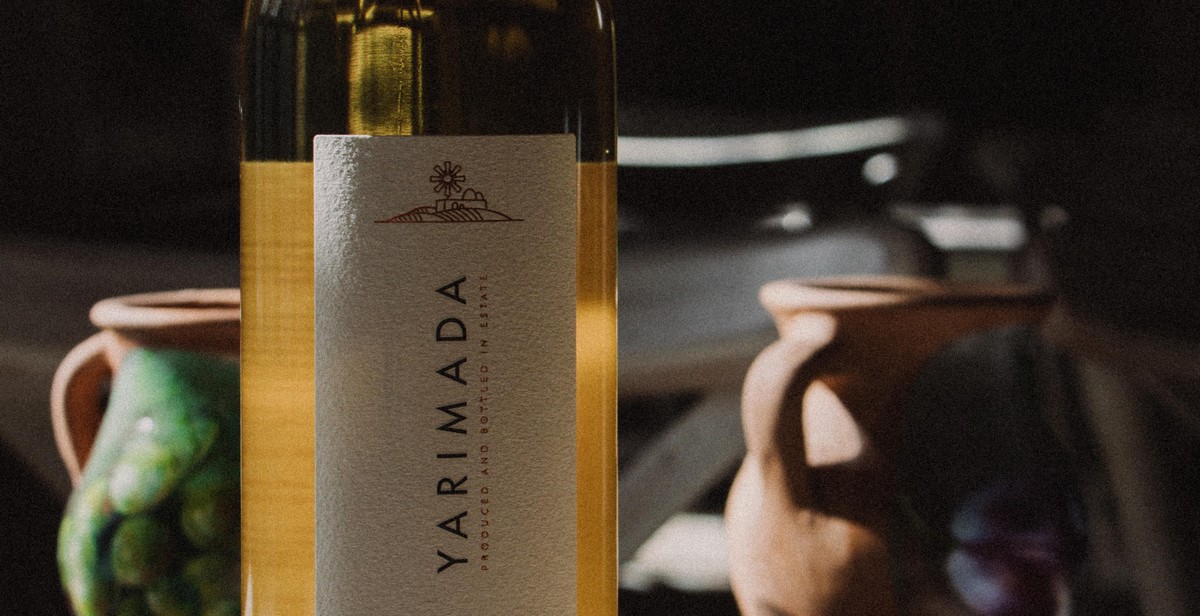How to Appreciate and Identify Different Types of Sake
Sake is a traditional Japanese alcoholic beverage made from fermented rice. It is a staple in Japanese culture and has gained popularity worldwide in recent years. Sake is known for its unique taste and aroma that varies depending on the type and quality of the rice used, as well as the brewing process.
If you’re new to sake, it can be overwhelming to navigate the different types and understand the nuances of each. In this article, we’ll provide a comprehensive guide to help you appreciate and identify different types of sake.
The Different Types of Sake
There are several types of sake, each with its own characteristics. The main categories of sake are:
- Junmai: Made with only rice, water, yeast, and koji mold.
- Ginjo: Made with highly polished rice and brewed at a lower temperature.
- Daiginjo: Made with rice that is polished to at least 50% of its original size and brewed at a low temperature.
- Nigori: Unfiltered sake that has a cloudy appearance and a sweeter taste.
Identifying Sake
When identifying sake, there are several factors to consider:
- Smell: Sake has a distinct aroma that can range from fruity to earthy.
- Color: Sake can range from clear to yellowish-brown, depending on the type and aging process.
- Taste: Sake can be sweet, dry, or somewhere in between.
- Texture: Sake can be smooth or have a slightly grainy texture.
By understanding these factors, you can begin to appreciate and identify the unique qualities of different types of sake. So, let’s dive in and explore the world of sake.

What is Sake?
Sake is a traditional Japanese alcoholic beverage made from fermented rice. It is also known as nihonshu in Japan. Sake is a clear, colorless, and slightly sweet drink with an alcohol content ranging from 15% to 20%. It is usually served chilled or at room temperature and is often served with traditional Japanese dishes.
Definition of Sake
Sake is made from rice, water, yeast, and koji mold. The rice is polished to remove the outer layers, leaving behind the starchy core. The rice is then washed, soaked, and steamed. The koji mold is added to the steamed rice, which breaks down the starches into sugars. Yeast is then added to the mixture, which ferments the sugars into alcohol. The resulting liquid is then pressed to separate the sake from the rice solids.
History of Sake
The origins of sake can be traced back to the 3rd century in Japan. It was initially used for religious purposes, and the production of sake was limited to the imperial court and religious institutions. In the 10th century, sake production was introduced to the general public, and it became a popular drink among the Japanese people.
The production of sake has evolved over the centuries, with improvements in rice cultivation, water quality, and fermentation techniques. Today, there are over 1,600 breweries in Japan producing a wide variety of sakes, each with its unique flavor and aroma.
Sake has also gained popularity outside of Japan, with many countries importing and producing their own versions of sake. In recent years, sake has become a popular drink among foodies and wine enthusiasts, with many restaurants offering a wide selection of sakes to pair with their dishes.
Conclusion
In conclusion, sake is a traditional Japanese alcoholic beverage made from fermented rice. It has a rich history dating back centuries and has evolved into a diverse and complex drink with a wide range of flavors and aromas. Whether served chilled or at room temperature, sake is a versatile drink that can be enjoyed on its own or paired with a variety of dishes.

Different Types of Sake
Sake is a Japanese alcoholic beverage that is brewed from rice. It is a versatile drink that can be enjoyed on its own or paired with a variety of foods. There are different types of sake, each with its own unique flavor profile and brewing process. Here are the four main types of sake:
Junmai
Junmai is a type of sake that is made from only rice, water, yeast, and koji. It has a rich and robust flavor profile and is often described as having a full-bodied texture. Junmai is a great choice for those who enjoy a more traditional and earthy taste.
Honjozo
Honjozo is a type of sake that is made by adding a small amount of distilled alcohol to the brewing process. This results in a lighter and smoother taste compared to Junmai. Honjozo is a great choice for those who are just starting to explore the world of sake.
Ginjo
Ginjo is a type of sake that is brewed at a cooler temperature and for a longer period of time compared to Junmai and Honjozo. This results in a more delicate and fragrant taste. Ginjo is often described as having a fruity and floral aroma, making it a great choice for those who prefer a lighter and more nuanced flavor profile.
Daiginjo
Daiginjo is a type of sake that is made using the highest quality rice grains and the most precise brewing process. It is often described as having a silky and smooth texture, with a delicate and complex flavor profile. Daiginjo is a premium sake that is best enjoyed on its own or paired with light and delicate foods.
| Type | Ingredients | Alcohol Content | Flavor Profile |
|---|---|---|---|
| Junmai | Rice, water, yeast, and koji | 15-16% | Rich and robust |
| Honjozo | Rice, water, yeast, koji, and distilled alcohol | 15-16% | Light and smooth |
| Ginjo | Rice, water, yeast, koji, and distilled alcohol (optional) | 15-16% | Fruity and floral |
| Daiginjo | High-quality rice, water, yeast, and koji | 15-16% | Delicate and complex |

How to Appreciate Sake
Appreciating sake involves paying attention to its appearance, aroma, and flavor. Here’s how to go about it:
Appearance
The appearance of sake is an important aspect of appreciating it. It should be clear and transparent, with a slight viscosity that causes it to cling to the sides of the glass. The color can range from clear to a pale yellow or greenish hue.
When pouring sake, pay attention to the way it flows. High-quality sake will have a smooth, consistent flow, while lower-quality sake may have a rougher, more uneven flow.
Finally, take a good look at the glass after you’ve poured the sake. The residue left behind, known as sake kasu, can offer clues about the quality of the sake. High-quality sake will leave behind a fine, powdery residue, while lower-quality sake may leave behind larger particles.
Aroma
The aroma of sake is another important aspect of appreciating it. Take a moment to smell the sake before taking a sip. The aroma should be delicate and subtle, with hints of rice, fruit, and floral notes.
When smelling sake, it’s important to take a few deep whiffs to fully appreciate the aroma. The first sniff may not reveal much, but subsequent sniffs can reveal more complex aromas.
Flavor
The flavor of sake is the most important aspect of appreciating it. Take a small sip and let it sit on your tongue for a few seconds before swallowing. The flavor should be complex and balanced, with a subtle sweetness and a slight acidity.
Pay attention to the texture of the sake as well. It should be smooth and velvety, with a slight viscosity that adds to the overall mouthfeel.
Finally, pay attention to the aftertaste. High-quality sake will have a long, lingering aftertaste that is both pleasant and complex.
Conclusion
By paying attention to the appearance, aroma, and flavor of sake, you can fully appreciate the complexity and subtlety of this traditional Japanese drink. Whether you’re a sake connoisseur or a newcomer to the world of sake, taking the time to appreciate its many nuances can enhance your enjoyment of this unique beverage.

Identifying Quality Sake
When it comes to identifying quality sake, several key factors come into play. These include:
Polishing Ratio
The polishing ratio, also known as seimaibuai, refers to the amount of the outer layer of the rice grain that has been polished away before brewing. Generally speaking, the more the rice has been polished, the higher the quality of the sake. Premium sake, also known as daiginjo, is made from rice that has been polished to at least 50% or more, while lower quality sake may only be polished to 70% or less.
Sake Meter Value (SMV)
The Sake Meter Value (SMV) is a measure of the sweetness or dryness of the sake. The scale ranges from positive to negative numbers, with positive numbers indicating a drier taste and negative numbers indicating a sweeter taste. Generally, higher quality sake has a positive SMV, which means it is drier and has a more refined taste.
Acidity
The acidity of sake is another important factor in identifying its quality. High-quality sake typically has a lower acidity level, which results in a smoother, more delicate taste. Lower quality sake may have a higher acidity level, which can result in a harsher, more acidic taste.
Overall, when identifying quality sake, it’s important to consider these factors in combination with your own personal taste preferences. By understanding the basics of sake brewing and the key factors that contribute to its quality, you can make more informed decisions when selecting and appreciating different types of sake.
